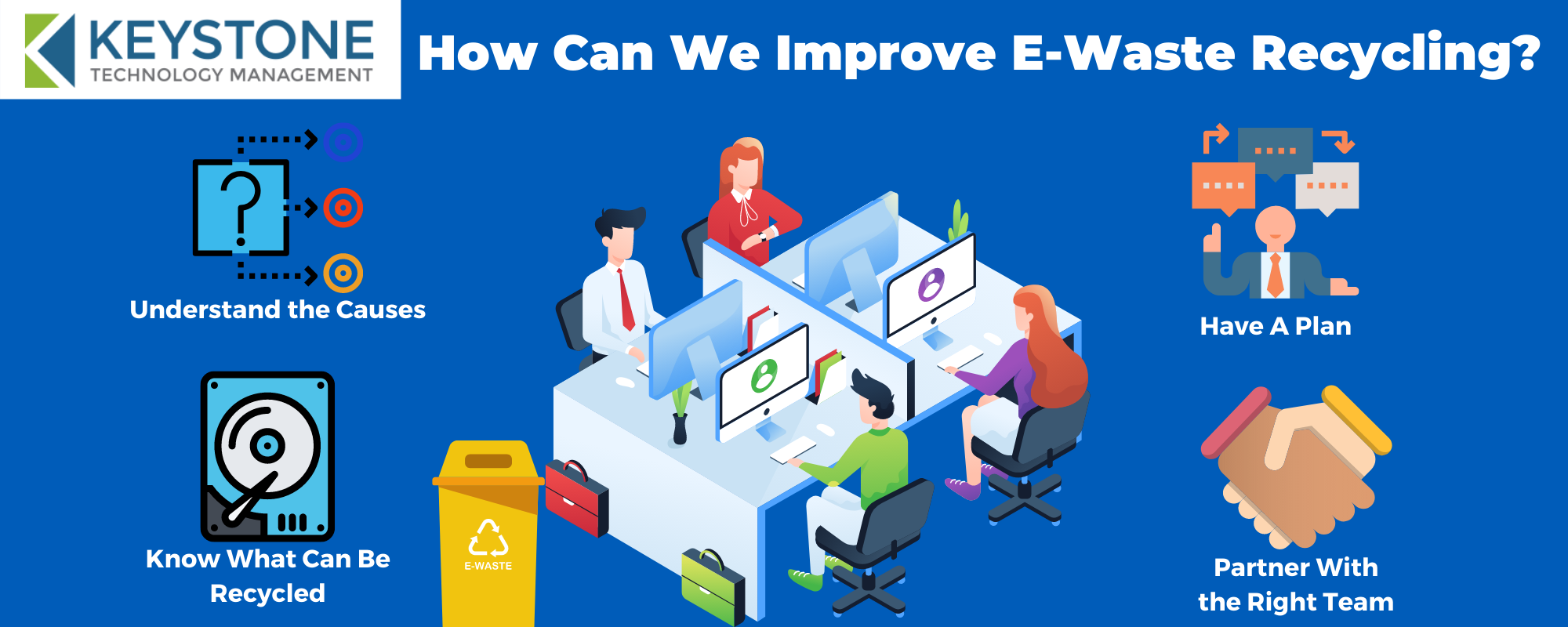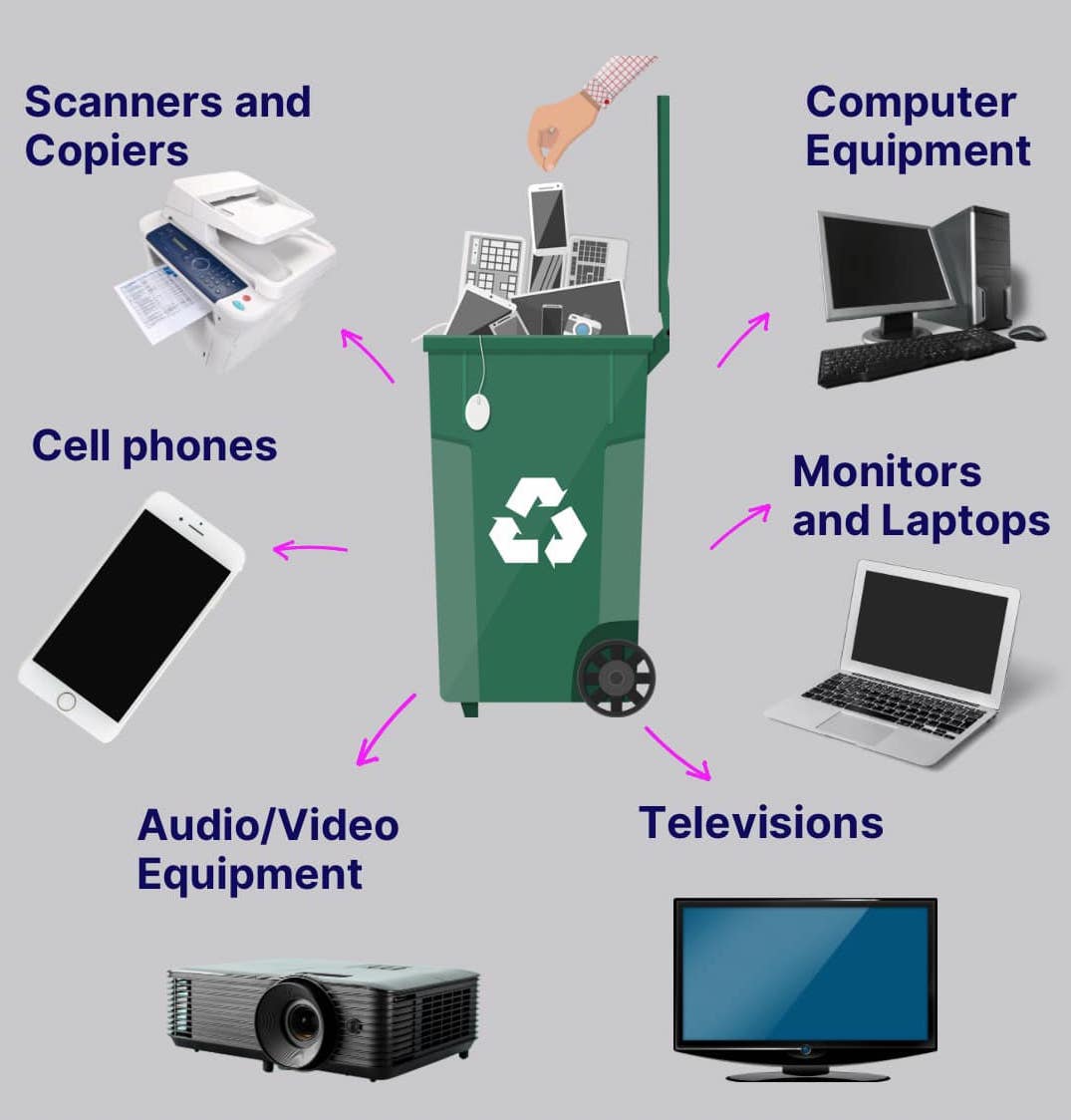The smart Trick of Recycling Lives Services That Nobody is Discussing
Table of ContentsUnknown Facts About Recycling Lives ServicesThe Ultimate Guide To Recycling Lives ServicesThe Basic Principles Of Recycling Lives Services The Best Guide To Recycling Lives ServicesRecycling Lives Services Fundamentals Explained

You can take all home electric products to Oxfordshire's waste reusing centres for reusing. If your item is in working problem, take into consideration donating it. If your electric item is broken, you might search for a neighborhood repair service caf where volunteers can repair it. You could also think about obtaining electrical items that you don't use regularly. In addition, all Oxfordshire neighborhood authorities approve vapes and e-cigarettes as a different kerbside collection. Disposable vapes be placed inside your wheelie bins. Exactly how they are accumulated in each area varies slightly; examine you have the appropriate details for your area. Use the Waste Wizardsearch tool to inspect how your local authority accumulates this waste or find other drop-off places in your area.
Portable batteries the kind you find in little portable tools can additionally be recycled at the kerbside yet not inside any of your bins. Larger stores that offer batteries also have collection factors for recycling old batteries.
Recycling Lives Services Things To Know Before You Get This
Older-style filament or halogen light bulbs can be disposed of in your basic rubbish bin in the house. Some DIY stores additionally have collection factors for light bulbs. Little electrical things (tiny enough to fit in a provider bag) can be reused at our waste recycling centres or at the kerbside. recycling lives services batteries.

Recycling Lives Services Things To Know Before You Get This
Electrical items are damaged down right into separate pasts so that the different products they are made up of can be eliminated and reused. Waste reusing centres are for usage by householders only and can not accept waste from commercial sources.
E-waste, electronic waste, e-scrap and end-of-life electronic devices are terms typically used to explain used electronics that are nearing completion of their beneficial life, and are discarded, donated or offered to a recycler. The UN specifies e-waste as any type of thrown out products with a battery or plug, and includes poisonous and harmful substances such as mercury, that can position serious threat to human and ecological health and wellness.
More About Recycling Lives Services
Only 17.4% of this electronic waste, including a blend of dangerous substances click here to read and precious materials, will be recorded as being correctly gathered, treated and recycled - https://disqus.com/by/zonabeardsley/about/. Several efforts are taken on to tackle this growing problem, yet none can be completely efficient without the energetic duty and proper education and learning of customers

Mining disposed of electronics generates 80% less emissions of carbon dioxide per unit of gold contrasted with mining it from the ground. In 2015, the removal of resources accounted for 7% of the globe's power usage. This indicates that moving in the direction of making use of even more secondary resources in electronic goods might assist substantially in getting to the targets established out in the Paris Arrangement on climate modification.
Facts About Recycling Lives Services Revealed
Every gadget ever created has a carbon impact and is adding to human-made global warming. Manufacture a tonne of laptop computers and possibly 10 tonnes of carbon dioxide are sent out. When the carbon dioxide launched over a gadget's lifetime is thought about, it primarily takes place throughout manufacturing, prior to customers acquire a product. This makes lower carbon processes and inputs at the production stage (such as usage recycled raw products) and product lifetime key components of total ecological influence.
Even in the EU, which leads the world in e-waste recycling, just 35% of e-waste is officially reported as appropriately gathered and reused. Worldwide, the average is 20%; the remaining 80% is undocumented, with much ending up hidden under the ground for centuries as garbage dump. E-waste is not naturally degradable. The absence of reusing taxes the worldwide digital market and as gadgets become extra many, smaller and extra complex, the problem intensifies.
The remaining mass of e-waste mostly plastics laced with metals and chemicals positions a more unbending issue. A new vision for the manufacturing and intake of digital and electrical goods is needed. It is very easy for e-waste to be mounted as a post-consumer issue, but the concern includes the lifecycle of the devices everybody makes use of.